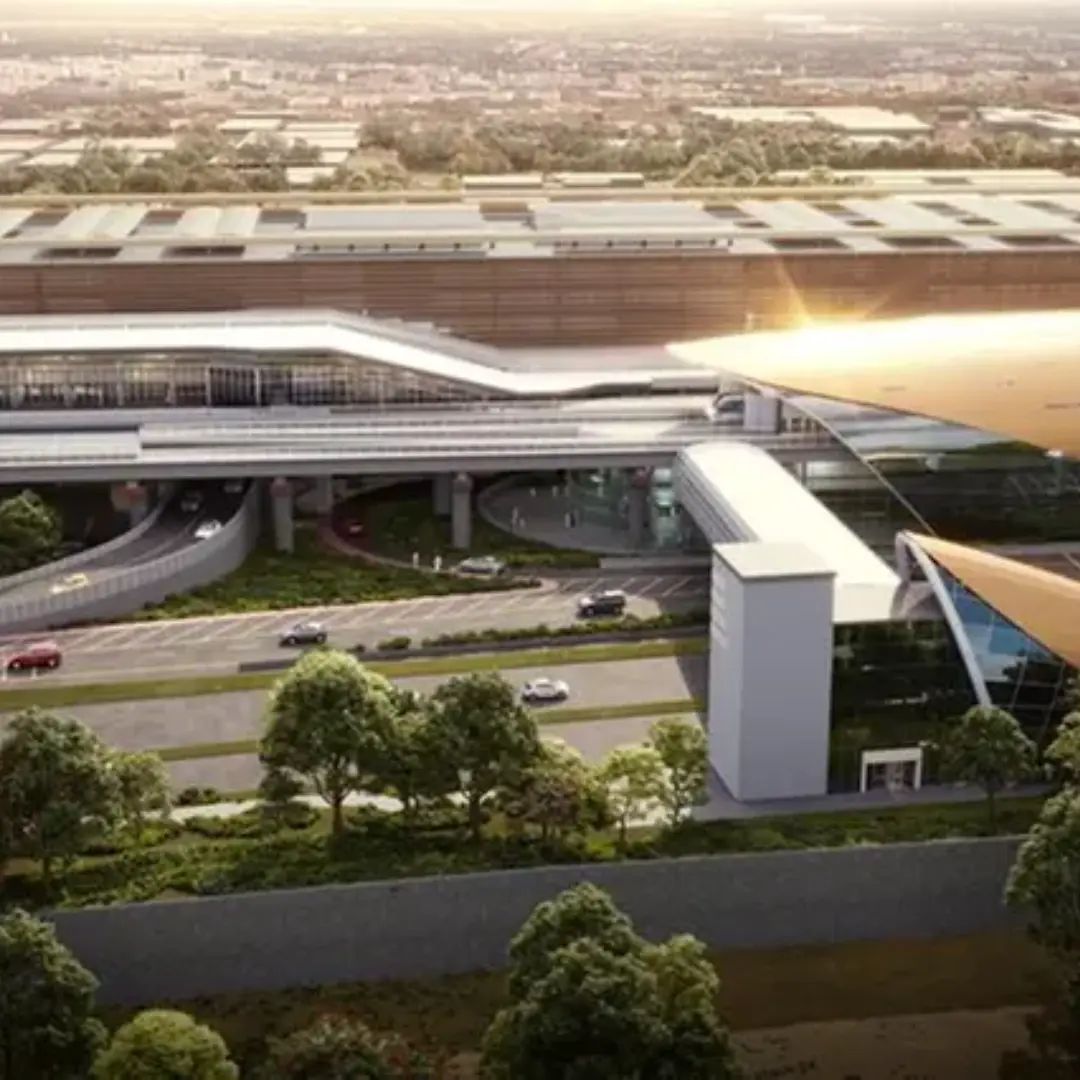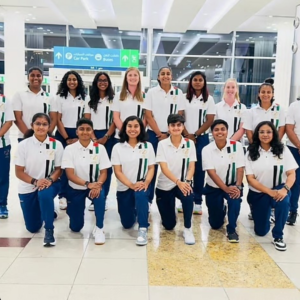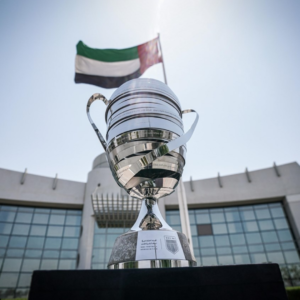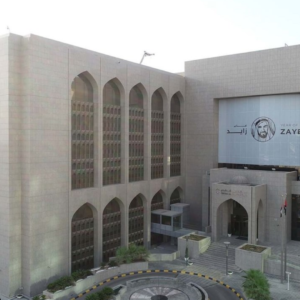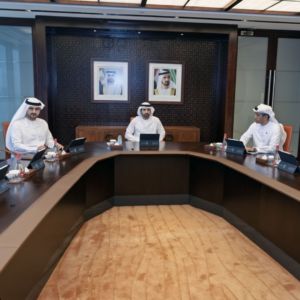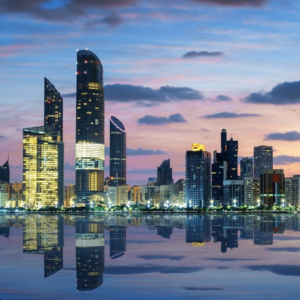Dubai is on the cusp of a transportation transformation, unveiling ambitious plans to expand its Metro network to a staggering 96 stations by 2030 and 140 stations by 2040. This visionary project is set to redefine urban mobility, enhance neighborhood livability, and ignite a new wave of urban development. Picture a city where seamless, efficient transportation connects every corner, making daily commutes a breeze and opening up endless possibilities for residents and businesses alike. This is the future Dubai envisions, and it’s closer than ever.
The Metro expansion is more than just an infrastructure project; it’s a catalyst for change. By 2030, the addition of 96 stations will significantly enhance the existing network, ensuring that more neighborhoods are within easy reach of public transport. This expansion aims to make the Metro the backbone of Dubai’s transport system, reducing traffic congestion and lowering carbon emissions. With more stations strategically placed across the city, residents will enjoy shorter commutes, more reliable travel times, and greater accessibility to key areas, from bustling business districts to serene residential zones.
But the vision doesn’t stop there. By 2040, the network will further expand to 140 stations, marking a monumental leap in Dubai’s urban development. This growth is expected to stimulate economic activity by attracting businesses and investments to newly connected areas. As the Metro weaves through the city, it will unlock new development corridors, transforming underutilized land into vibrant communities. This will not only boost the real estate market but also create job opportunities, enhancing the overall quality of life for residents.
Improving transportation is just one aspect of the Metro’s expansion. The project is also focused on enhancing neighborhood livability. Stations will be designed as integrated hubs, combining transport facilities with retail, dining, and leisure options. These hubs will serve as community focal points, fostering social interaction and contributing to the neighborhood’s vibrancy. Moreover, the expansion will include environmentally friendly features, such as energy-efficient designs and green spaces, promoting sustainable urban living.
The economic ripple effect of this expansion cannot be overstated. By improving connectivity, the Metro will make it easier for people to access jobs, education, and healthcare, driving socioeconomic growth. Businesses will benefit from the increased foot traffic around stations, leading to higher revenues and further investment in the local economy. Additionally, the construction and operation of new stations will create numerous employment opportunities, bolstering the job market.
In conclusion, Dubai’s plan to expand its Metro network to 96 stations by 2030 and 140 stations by 2040 is a bold and forward-thinking initiative that promises to transform the city’s transportation landscape. By improving mobility, enhancing neighborhood livability, and stimulating urban development, this project will pave the way for a more connected, sustainable, and prosperous Dubai. As the city accelerates towards this visionary future, residents and visitors alike can look forward to a dynamic urban environment where the Metro is not just a mode of transport but a lifeline that pulses through the heart of the city, driving growth and fostering a vibrant community.

